Synopsis
Dr Knowles and Professor McCork ask the question 'Are we all related?'
- Programme: Brain Freeze
- Series: 3
- Episode: 9: Ancestors
- Channel: CBBC
- Broadcast year: 2017
- Science | Animals, including humans
Licence: ERA Licence required
UK only
Staff and students of licensed education establishments only
Cannot be adapted
Add Notes
More clips from Brain Freeze

S1E15: Digestion | Brain Freeze
S1E15: Digestion | Brain Freeze
Knowles and McCork explore the digestive system of Colin the floor manager.

S3E1: Blood | Brain Freeze
S3E1: Blood | Brain Freeze
Knowles and McCork ask the question 'How does my heart keep beating?'
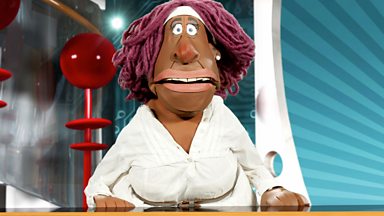
S3E10: Time Zone | Brain Freeze
S3E10: Time Zone | Brain Freeze
In this time zone special, Knowles and McCork ask 'Why does the Earth spin on its axis?'

S3E11: Parachute | Brain Freeze
S3E11: Parachute | Brain Freeze
McCork and Ms Hucklebuck are in the sky as they ask 'How does a parachute work?'
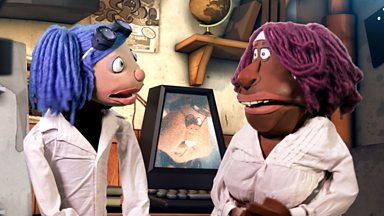
S3E12: Walk | Brain Freeze
S3E12: Walk | Brain Freeze
McCork and Knowles ask 'How long would it take to walk the Earth?'
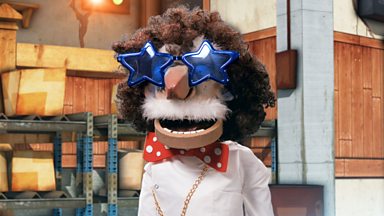
S3E13: Atoms | Brain Freeze
S3E13: Atoms | Brain Freeze
The crack TV science team investigate how many atoms there are in our bodies.
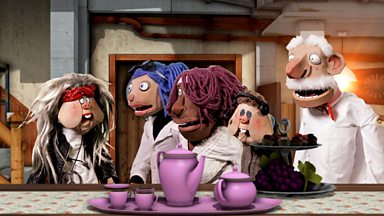
S3E14: Taste | Brain Freeze
S3E14: Taste | Brain Freeze
Knowles and McCork ask 'Why do we make saliva while we eat?'

S3E2: Plastic | Brain Freeze
S3E2: Plastic | Brain Freeze
Knowles and McCork ask the question 'How much plastic is there in the oceans?'
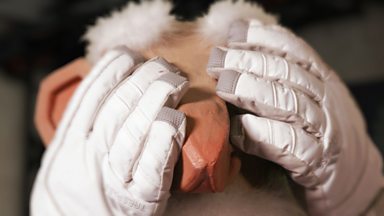
S3E3: Invisible | Brain Freeze
S3E3: Invisible | Brain Freeze
Knowles and McCork ask the question 'Which animal can turn invisible?'
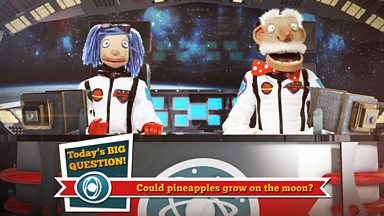
S3E4: Space Food | Brain Freeze
S3E4: Space Food | Brain Freeze
Knowles and McCork ask the question 'Could pineapples grow on the moon?'

S3E5: Teeth | Brain Freeze
S3E5: Teeth | Brain Freeze
Knowles and McCork ask the question 'Why do we have baby teeth?'
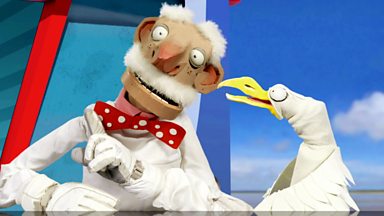
S3E6: Salty | Brain Freeze
S3E6: Salty | Brain Freeze
Live from the seaside, Knowles and McCork ask the question 'Why is the sea salty?'
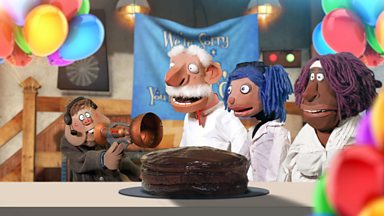
S3E7: Plant Life | Brain Freeze
S3E7: Plant Life | Brain Freeze
Knowles and McCork ask the impossible question 'How many plants are there in the world?'

S3E8: Ice | Brain Freeze
S3E8: Ice | Brain Freeze
McCork and Hucklebuck attempt to break the record for the world's biggest ice cream cone.
More resources about Evolution and Inheritence
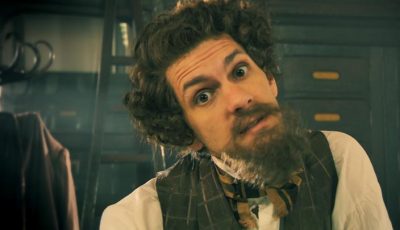
Charles Dickens - Miserable (Song) | Horrible Histories
Charles Dickens - Miserable (Song) | Horrible Histories
Charles Dickens on life, novels and inspiration from his experiences in the Victorian Era.

Darwin's Natural Selection (Song) | Horrible Histories
Darwin's Natural Selection (Song) | Horrible Histories
Charles Darwin explains his theory of evolution via song, oh, and there's a dancing gorilla!

S1E12: Dinosaurs | Brain Freeze
S1E12: Dinosaurs | Brain Freeze
Knowles and McCork ask why the dinosaurs became extinct.

1: A Cat's Eye View | Cat Watch 2014: The New Horizon Experiment
1: A Cat's Eye View | Cat Watch 2014: The New Horizon Experiment
Liz Bonnin and a team of experts conduct a groundbreaking scientific study of cats, revealing how cats exper...
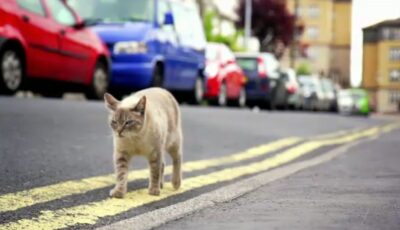
3: Cat Talk | Cat Watch 2014: The New Horizon Experiment
3: Cat Talk | Cat Watch 2014: The New Horizon Experiment
Liz Bonnin and a team of experts conduct a groundbreaking scientific study of cats. They reveal the secret language ...
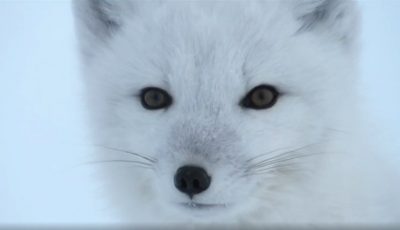
Adaptation of the Arctic Fox | Life In The Snow
Adaptation of the Arctic Fox | Life In The Snow
An exploration of how the artic fox's coat has adapted to survival in arctic winters.
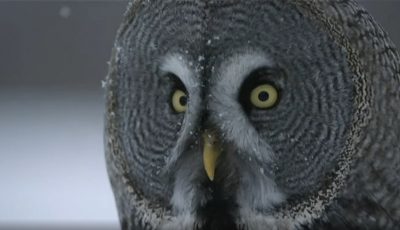
Adaptation of the Owl | Life In The Snow
Adaptation of the Owl | Life In The Snow
An exploration of how the great grey owl has adapted to catching it's prey.
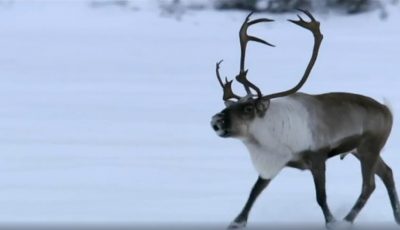
Adaptation of the Reindeer | Life In The Snow
Adaptation of the Reindeer | Life In The Snow
An exploration of how reindeer have adapted to living in freezing climates.
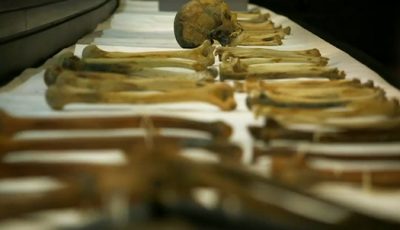
Bone evolution | Secrets of Bones
Bone evolution | Secrets of Bones
Large land mammals bone structures are perfectly adapted to help them to survive.

Bouncing toads | Life
Bouncing toads | Life
A toad deploys its defence mechanism in order to evade a toad eating tarantula.
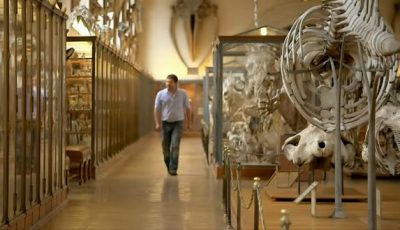
Canopy dweller | Secrets of Bones
Canopy dweller | Secrets of Bones
Gibbons are the acrobats of the primate world, perfectly adapted to life in the trees.
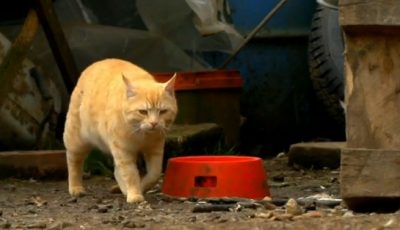
Chemical messages | Cat Watch 2014: The New Horizon Experiment
Chemical messages | Cat Watch 2014: The New Horizon Experiment
Cats leave chemical messages to other cats, which can be picked up with their exceptional sense of smell, whic...
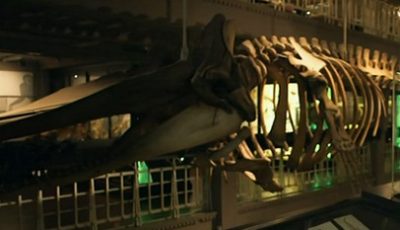
Echolocation | Secrets of Bones
Echolocation | Secrets of Bones
Sperm whales have extraordinary sensory capabilities, and use echolocation to hunt and locate their prey.

Finding Food in the snow | Life In The Snow
Finding Food in the snow | Life In The Snow
How wolverines have adapted to finding and eating food in the snow.
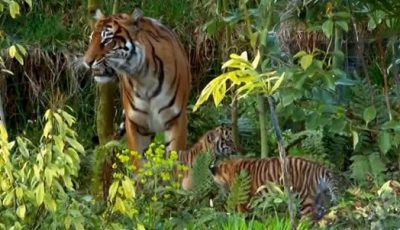
From tabby to tiger | Cat Watch 2014: The New Horizon Experiment
From tabby to tiger | Cat Watch 2014: The New Horizon Experiment
All cats are born with an innate desire to hunt, but most are taught how by their mothers.

Hunting heritage | Cat Watch 2014: The New Horizon Experiment
Hunting heritage | Cat Watch 2014: The New Horizon Experiment
Cats continue to have characteristics inherited from their ancestors.

Meow Meow | Cat Watch 2014: The New Horizon Experiment
Meow Meow | Cat Watch 2014: The New Horizon Experiment
Domesticated cats have evolved to be able to communicate as effectively with humans as with other felines.

Over land and sea | Penguins: Meet the Family
Over land and sea | Penguins: Meet the Family
Penguins are adapted to survive and thrive both in the sea and on land.
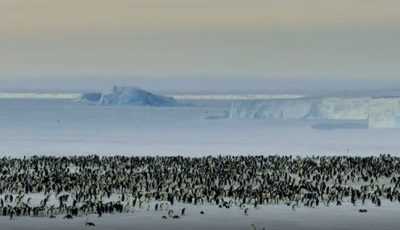
Penguin chicks | Penguins: Meet the Family
Penguin chicks | Penguins: Meet the Family
Penguin chicks are extraordinarily adapted to survive in harsh environments.
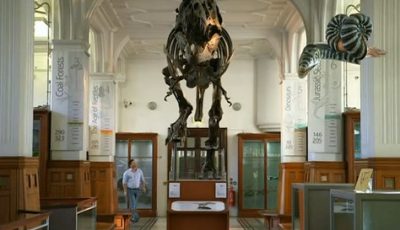
Pentadactyl limb | Secrets of Bones
Pentadactyl limb | Secrets of Bones
The pentadactyl limb adaptation, first seen over 300 million years ago, has helped a variety of animals to fly, from dinosaurs to bats.
